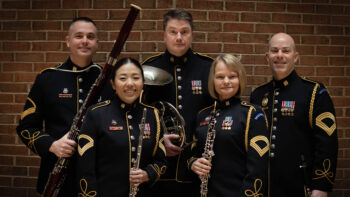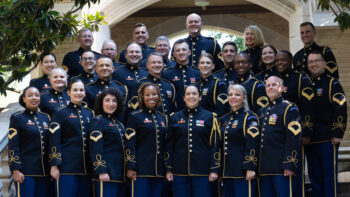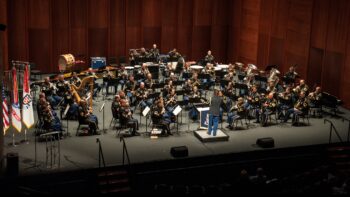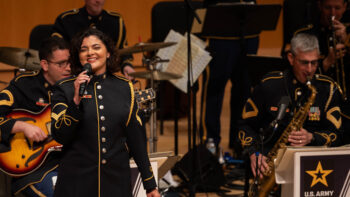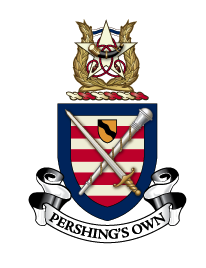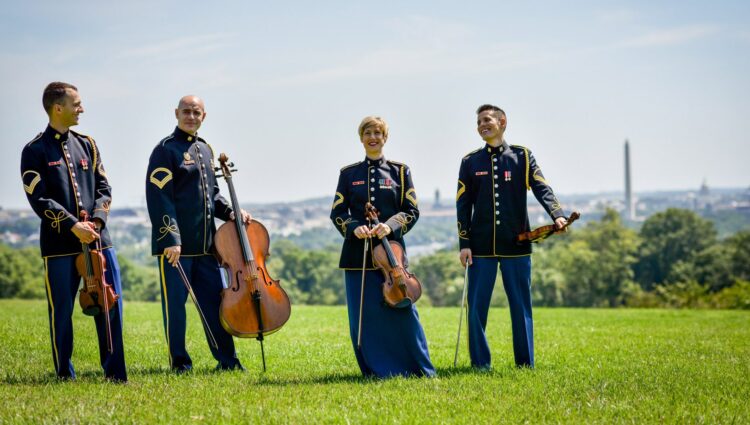
Friday Music Concert Series
The U.S. Army String Quartet
Fri / Apr 12 / 12:30 pm
This event requires Registration
This performance is free and open to the public, but registration or tickets are required.
Get TicketsLocation
Georgetown University | Washington, DC
McNeir Hall, New North Building | Georgetown University
Program
MSG Matt Evans, violin
SSG Jordan Hendy, violin
SSG Becca Barnett, viola
MSG Ben Wensel, cello
Haydn String Quartet in G Major, Op. 33, No. 5 “How do you do?” (20 mins)
I. Vivace assai
II. Largo e cantabile
III. Scherzo
IV. Finale
Franz Joseph Haydn (1732–1809), an Austrian composer of the Classical period, displayed musical talent from a young age. Starting at eight, he learned singing, violin, and keyboard at St. Stephen's Cathedral, building a strong foundation in music theory. In 1761, Haydn became a court composer for the Esterházy family, composing music, conducting, and managing musical activities. Known for clarity and wit, he played a key role in the Classical style's development, influencing Mozart and Beethoven. His structural innovations earned him the titles "Father of the Symphony" and "Father of the String Quartet."
Haydn's Op. 33 quartets, composed in 1781, are nicknamed "Russian" as he dedicated them to the Grand Duke Paul of Russia. The String Quartet in G Major, Op. 33, No. 5, affectionately called the "How do you do" quartet, engages in a musical dialogue, reflecting its friendly and conversational nature. The quartet consists of four movements. The first, Allegro moderato, opens with bright and lively exchanges between the instruments. The music is full of surprises, keeping the listener engaged with its playful character. The second movement is a charming and elegant scherzo. Haydn infuses a sense of humor into the rhythmic patterns, creating a delightful contrast to the more serious moments found in the surrounding movements. The slow movement, Largo cantabile, provides a beautiful lyrical contrast to the preceding movements. It showcases Haydn's gift for crafting expressive melodies, creating a serene and introspective atmosphere. The finale, marked Presto, brings the quartet to a lively and energetic conclusion. The movement is characterized by its brisk pace and playful character, leaving the audience with a sense of joy and satisfaction.
Beethoven String Quartet No. 16 in F Major Op. 135 (26 mins)
V. Allegretto (7 mins)
VI. Vivace (3.5 mins)
VII. Lento assai, cantante e tranquillo (8.5)
VIII. Grave, ma non troppo tratto – Allegro (7)
String Quartet No. 16 in F Major Op. 135 was the culmination of Beethoven’s journey through the string quartet genre, showcasing a profound musical maturity and introspective depth. It was the last complete work he composed just five months before his death in March 1827. Beethoven completed the quartet in at his brother’s country home after his nephew Karl’s attempted suicide. Despite the trauma surrounding his life and rapidly declining health, Op.135 presents itself as light-hearted and pleasant, reminiscent of his first six op. 18 quartets, but infused with the emotional depth developed throughout his career.
The opening movement begins with a sense of tranquility and lyricism. Beethoven masterfully weaves melodic lines among the four instruments, creating a sense of conversational interplay. The second movement, marked Vivace, presents a lively and spirited character full of musical jokes and dance-like elements, showcasing his skill in crafting engaging rhythmic patterns. This leads transitions into a serene and seamlessly flowing slow movement with three variations of a gentle theme.
Beethoven titled the finale “Der schwer gefasste Entschluss” (the difficult decision). Below it, he wrote the three-note motif of the slow and dark introduction with “Muss es sein?” (Must it be?), followed by two three-note ideas that become the main subject of the faster Allegro section with the words “Es muss sein! Es muss sein!” (It must be! It must be!) A lot of speculation has been made about the meaning of these words— Beethoven’s deteriorating health, acceptance of impending death. But Beethoven gave a different reason in a letter to his publisher: “Here, my dear friend, is my last quartet. It will be the last; and indeed it has given me much trouble. For I could not bring myself to compose the last movement. But as your letters were reminding me of it, in the end I decided to compose it. And that is the reason why I have written the motto “The decision taken with difficulty – Must it be? – It must be, it must be!” Whatever the reason is, the motifs drive the movement to a climactic finish, what could be considered as Beethoven's final musical exclamation mark in his legendary and widely impactful career.
Get Social
- Sign up for our Email list


